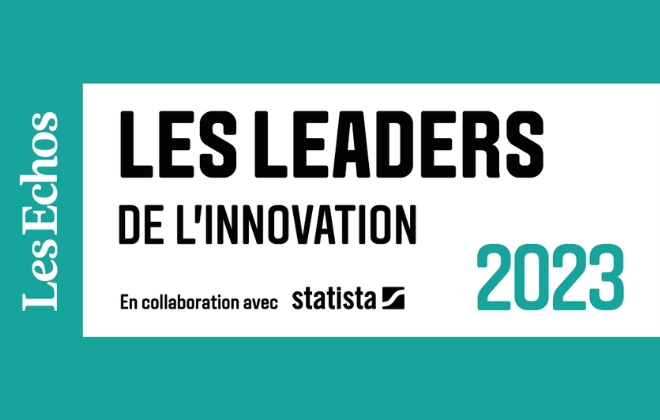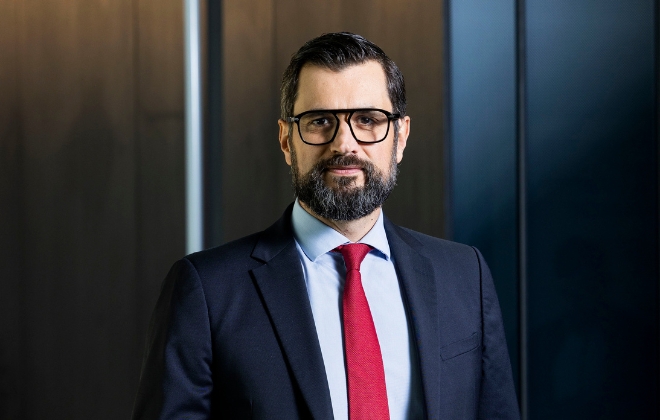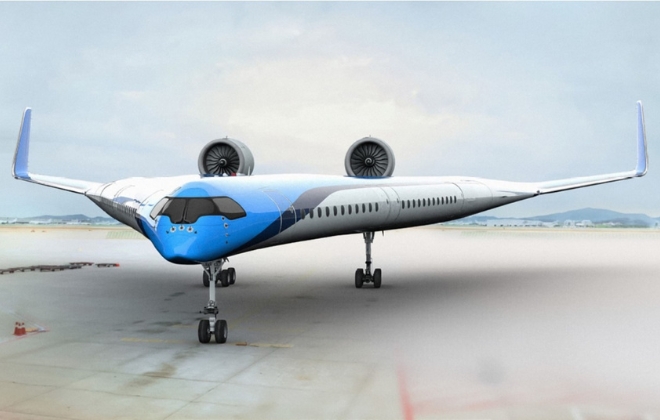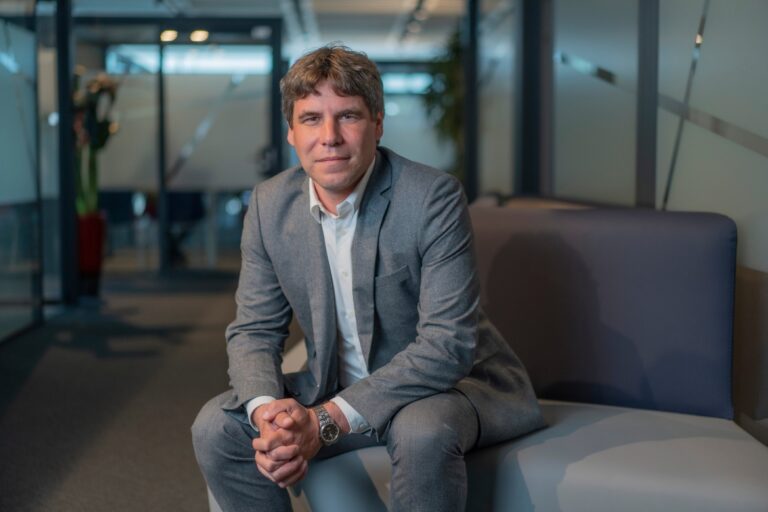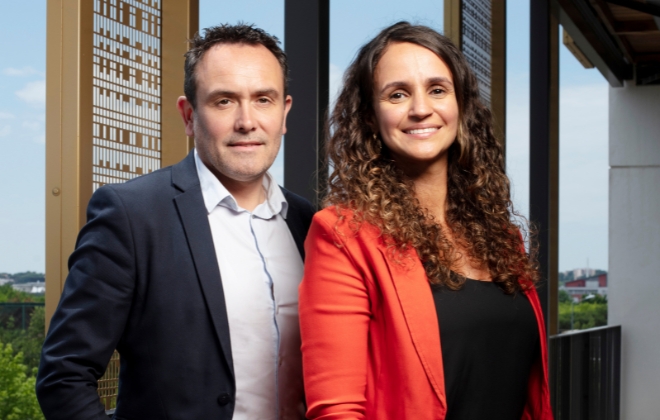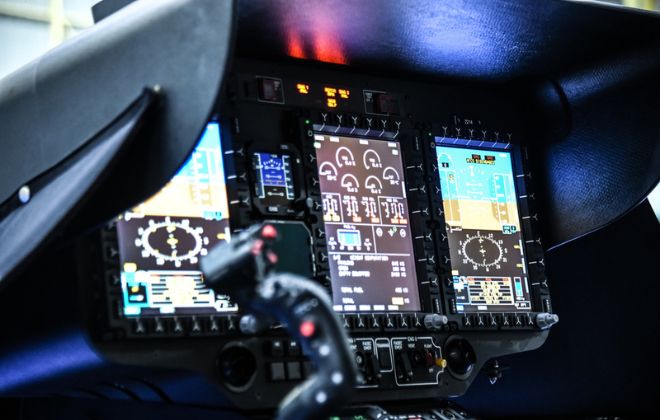Agile methods are widely used in product lifecycle management. But Agile is more than just a set of methods — it is a mindset. And it is radically different from the conventional predictive and sequential (waterfall-style) approaches to project management. Alignment with customer’s objectives and close cooperation and support are part and parcel of the Agile way.
When an organization decides to implement Agile/Scrum, support from a multidisciplinary team experienced with iterative project management approaches is vital. ALTEN’s Agile/Scrum experts are positioned to do just that, implementing approaches that respond to the needs of the customers.
Adaptation and visibility
Predictive project management approaches are built on detailed planning of an entire project before the project starts. Agile practitioners feel that this is counterproductive due to the fact that, in long processes, unforeseen events are inevitable. And that each unforeseen event can potentially disrupt the entire process.
Agile project management is different. An initial objective is set, and once it is reached, feedback from the process informs the next objective. In other words, adjustments are made to the process at every stage in the project lifecycle. Customers can see what is working at every stage and keep tabs on progress.
Agile style iterative project management was first used in 1986. And Scrum, the most widely-used Agile method based on transparency, inspection, and adaptation, dates back to 1993.

SYNCRONESS
The four principles of a fast, creative, agile, and reliable approach
US-based ALTEN subsidiary SYNCRONESS provides product development and sustaining engineering services. The Colorado-based company was founded in 1998 and serves the aerospace, medical device, and industrial markets.
Syncroness brings its customers a multidisciplinary product development method that leverages the best aspects of several processes (Scrum integrated with Phases) to create a fast, creative, agile, and reliable approach.
“Our original method is built on four principles inspired by the Agile Manifesto. Everything we implement has to align with Agile principles like demonstrating value often, embracing change, having collaborative empowered teams, and achieving technical excellence.” Syncroness Staff Systems Engineer James Kolozs
By utilizing a phased Agile development method, Syncroness brings a structured, step-by-step approach to its customers, gathering feedback regularly and often to ensure that the issues being addressed are relevant before working on solutions. “We do everything we can to make sure that our customers always have a complete picture of the entire process. This makes it possible to adjust priorities regularly and improve continuously,” said Senior Systems Engineer Carissa Colegrove.
And Syncroness customers are interested in this novel approach, which aligns closely with their needs. “Scrum is the big thing these days, but there are challenges in using it for hardware. It was originally focused on software development. So, we kept the foundational principles and made adjustments for hardware projects,” said Mr Kolozs.
Ms Colegrove added, “Our method is pretty unique. With it we can make fast progress and communicate effectively with our customers throughout the process.”
CPRIME
“Bridging the gap between software and hardware”
US-based ALTEN subsidiary Cprime delivers Agile consulting services to improve product development. The company was established in 2003 and today employs around 400 people. Cprime Chief Scientist Kevin Thompson , an Agile expert, joined the company in 2009 to implement Agile for Cprime customers.
Cprime completed its first project with Bird Technologies in 2017 and came back for a second project a year later. Ohio-based Bird Technologies , which employs around 300 people, has been manufacturing precision RF signal equipment for 60 years. The company’s new CEO turned to Cprime to help boost productivity by implementing Scrum and Agile development processes, which are widely used in software development. “The idea was to focus on the challenges encountered and what we could learn from them,” said Mr Thompson.
“Scrum and Agile methods helped us with both software and hardware development. The integration of both types of methods went very smoothly and we are applying them to mechanical and electrical engineering as well as to software development.” Kevin Thompson

Cprime’s first assignment at Bird Technologies, which involved around fifteen employees, consisted of training, consulting, and mentoring services. The second assignment was to train 80 people, but had an impact on nearly 300. Agile was the common thread of both projects: Cprime worked closely with Bird Technologies’ people from start to finish to implement Agile methods, positioning Bird Technologies to adapt to change mid-process and providing clear insights into the project.
Cprime aligned closely with Bird Technologies’ needs, completing an audit at Bird Technologies’ premises, observing how the employees within the scope of the project interacted with each other, running training courses, and, to wrap up, getting 80 people working in parallel in two interdependent groups in different rooms for two days.
According to Mr Thompson, “Bird Technologies chose us because we are experts at using Agile for hardware development, which is rare.” Agile hardware development is a very new field, and true specialists are few and far between. “Software and hardware are extremely different. In terms of project management, the gap between the two is huge. We are experts at closing that gap, and at applying Agile methods to hardware,” said Mr Thompson.
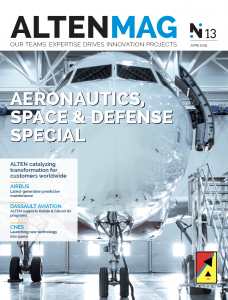
Find out more about ALTEN’s major projects in the ALTEN Mag Aeronautics, Space & Defense Special.






